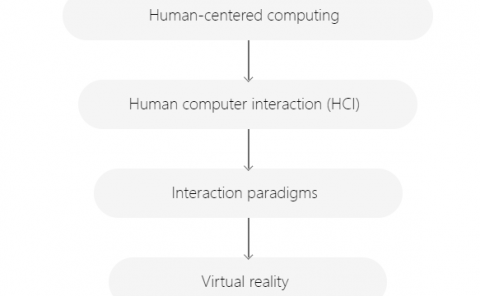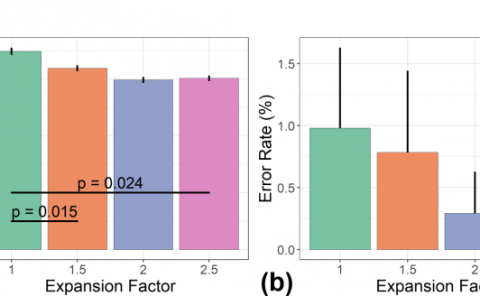Teaching Unknown Objects by Leveraging Human Gaze and Augmented Reality in Human-Robot Interaction
Note: We don't have the ability to review paper
PubDate: Dec 2023
Teams:Tübingen University
Writers:Daniel Weber
PDF:Teaching Unknown Objects by Leveraging Human Gaze and Augmented Reality in Human-Robot Interaction
Abstract
Robots are becoming increasingly popular in a wide range of environments due to their exceptional work capacity, precision, efficiency, and scalability. This development has been further encouraged by advances in Artificial Intelligence, particularly Machine Learning. By employing sophisticated neural networks, robots are given the ability to detect and interact with objects in their vicinity. However, a significant drawback arises from the underlying dependency on extensive datasets and the availability of substantial amounts of training data for these object detection models. This issue becomes particularly problematic when the specific deployment location of the robot and the surroundings, are not known in advance. The vast and ever-expanding array of objects makes it virtually impossible to comprehensively cover the entire spectrum of existing objects using preexisting datasets alone. The goal of this dissertation was to teach a robot unknown objects in the context of Human-Robot Interaction (HRI) in order to liberate it from its data dependency, unleashing it from predefined scenarios. In this context, the combination of eye tracking and Augmented Reality created a powerful synergy that empowered the human teacher to communicate with the robot and effortlessly point out objects by means of human gaze. This holistic approach led to the development of a multimodal HRI system that enabled the robot to identify and visually segment the Objects of Interest in 3D space. Through the class information provided by the human, the robot was able to learn the objects and redetect them at a later stage. Due to the knowledge gained from this HRI based teaching, the robot's object detection capabilities exhibited comparable performance to state-of-the-art object detectors trained on extensive datasets, without being restricted to predefined classes, showcasing its versatility and adaptability.



